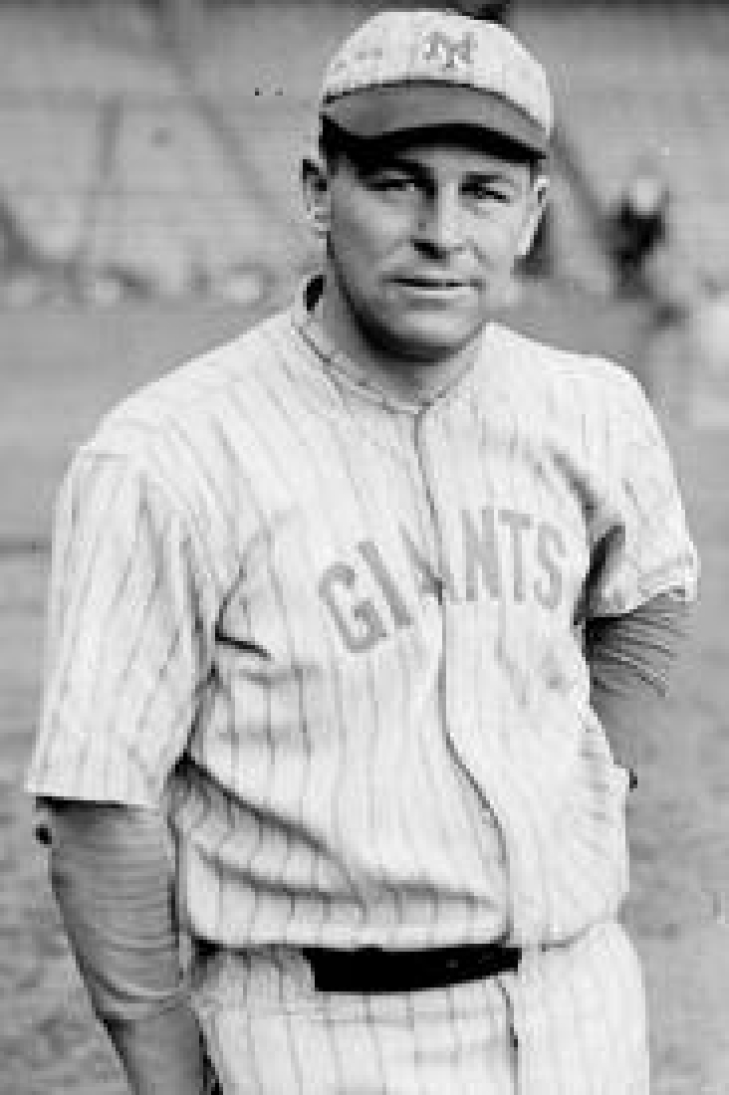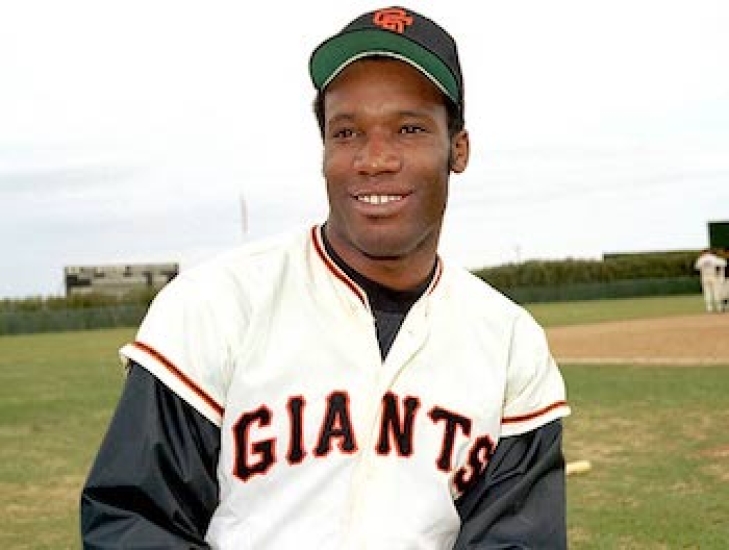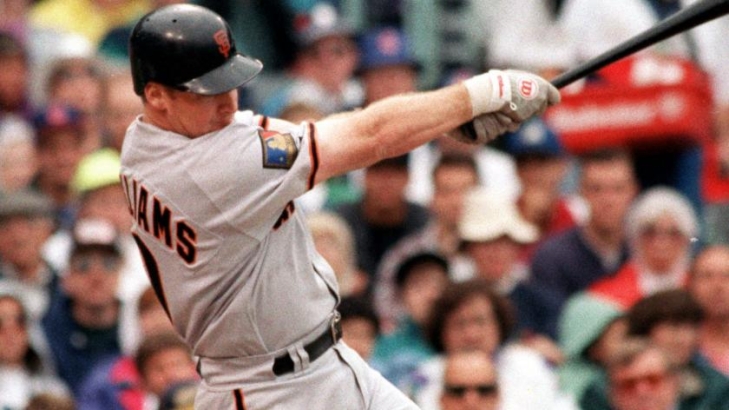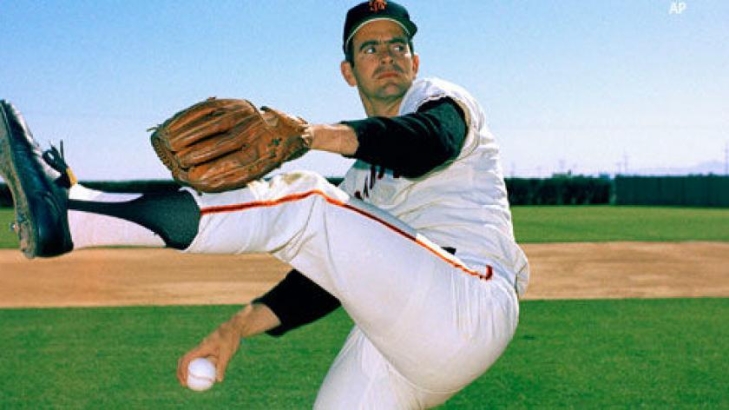
Committee Chairman
29. Ross Youngs
Playing his entire career with the New York Giants, Ross Youngs had the affable nickname of "Pep" due to his playing style, which made him popular among fans and teammates.
Youngs made it to the Majors with New York late in 1917 and was penciled in as a starting Outfielder the year after. Emerging as one of the better contact hitters, Youngs strung together a seven-year streak of batting over .300, twice going over .350; though he never won a Batting or On Base Percentage Title, he was in the hunt for many and twice led the NL in Times on Base.
Defensively, Youngs was also a decent player, though he was a four-time position leader in Errors and a five-time position leader in Assists. His overall play and positive attitude helped the Giants win the 1921 and 1921 World Series.
Youngs career was sadly cut short in 1926 following a kidney disease that would take his life a year later at age 30.
Youngs was a Hall of Fame selection by the Veteran’s Committee in 1972, though it was considered controversial, as any of his former teammates were on the committee. Regardless, he has that plaque in Cooperstown.
24. Bobby Bonds
The father of the eventual Home Run King, Barry Bonds, Bobby Bonds, was one hell of a baseball player himself and the first man with that surname to be an All-Star in San Francisco.
Bonds debuted for the Giants in 1966, and before long, we had the prototype for the Power-Speed # statistic (which he led nine times, five as a Giant) that would come in vogue decades later. The speedy Rightfielder stole bases the same way he went deep, which was often. Bonds became the first player to have a 30 Home Run/30 Stolen Base year, and he would do so five times! An All-Star twice in San Francisco, Bonds became a new type of leadoff hitter who could set the table and clear it with the same ease. Defensively, he was also very good, winning three Gold Gloves.
Bonds, who would become the second player behind his teammate, Willie Mays, to have 300 Home Runs and 300 Stolen Bases, was traded to the Yankees in 1974. Bonds collected 1,106 Hits with 186 Home Runs and 263 Stolen Bases as a Giant.
In 2008, Bonds was part of San Francisco's first Wall of Fame Class.
23. Matt Williams
Matt “The Bat” Williams impressed the scouts at UNLV so much that he was the Third Overall Pick in 1986, and a year later, he first made the Giants, but the first three years were a little on the ugly side.
From 1987 to 1989, Williams was strong defensively at Third and Short but had not found his hitting, batting under .200 with 34 Home Runs in 747 Playoff Appearances. The power was there, and he was helpful in San Francisco reaching the 1989 World Series, but the improvement was still needed, and Williams rose to that challenge in 1990.
Now the everyday Third Baseman, Williams, broke out with 33 Home Runs, a league-leading 122 RBIs, and an elevated Batting Average of .277. An All-Star and Silver Slugger this year, Williams smacked at least 20 Home Runs each of the next six years, including 43 in 1994, which led the league. He was also second in MVP voting in '94 and began a three-year streak of All-Star Selections. Williams also added a second Silver Slugger in 1994 and was a three-time Gold Glove winner for the Giants defensively.
San Francisco traded Williams to Cleveland in 1997, ending his run with the Giants with 247 Home Runs, 732 RBI, and 1,092 Hits. The Giants honored Willams by inducting him as a member of their inaugural Wall of Fame Class in 2008.
25. Gaylord Perry
Gaylord Perry spent more time with the San Francisco Giants (ten years) than he did with any other team, but the Cooperstown resident is not one of the first Pitchers you think of when the story of the Giants is discussed. Perhaps, that is because he won his two Cy Young Awards elsewhere (Cleveland and San Diego), but it was in SF where he became a star.
The spitball master did not learn that trick pitch right away. He first debuted for San Francisco in 1962, mostly coming in from the bullpen, and he did not stick in the Majors until 1964, the same year he adopted the spitter.
Perry had his break-out year in 1966, finishing 21-8 with an ERA of 2.99. He went to his first All-Star Game and fanned 201 batters, the first of four times he struck out at least 200. Now the ace of the staff (or at least at the top of the rotation), Perry kept compiling good numbers, keeping his ERA under three for the most part, while also leading the NL twice in Innings Pitched (1969 & 1970). His best season as a Giant was in 1970 when he was again an All-Star and led the NL in Wins (23). Perry was second in Cy Young voting that year.
Perry was an outstanding hurler, but the Giants thought that at age 33, his best years were behind him. He was traded to Cleveland and promptly proved that San Francisco was wrong, and it remains one of the worst trades in franchise history.
Perry had 1606 Strikeouts with a 134-109 Record with the Giants, and he entered the Baseball Hall of Fame in 1991. San Francisco retired his number 36 in 2005, and three years later, he was part of the monstrous first class of their Wall of Fame.





